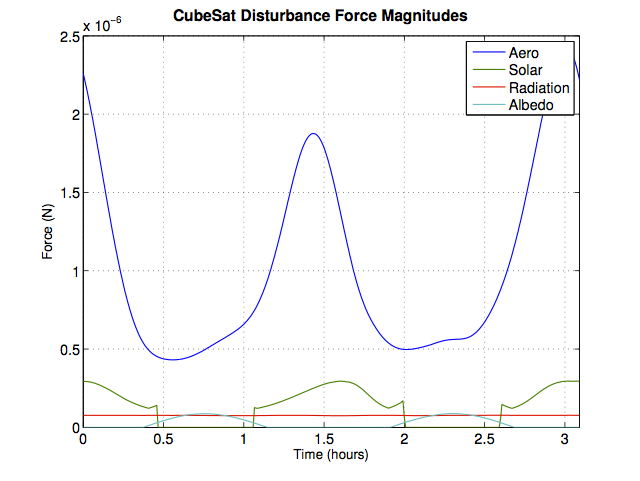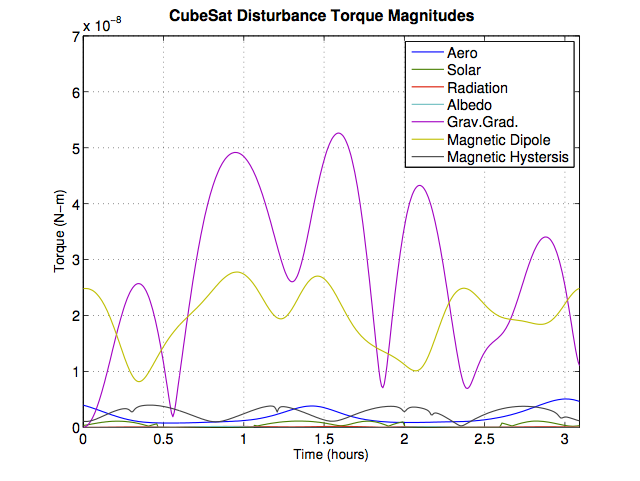
|
SUPPORT SITE |
|
Princeton Satellite Systems, Inc. has been delivering cutting edge solutions to complex engineering problems since 1992. Recent work includes spacecraft formation flying, active pitch controlled vertical axis wind turbines, two stage to orbit launch vehicle trajectory optimization and optical navigation systems for deep space missions. We've delivered flight software for the PRISMA and Indostar missions and algorithms for the ATDRS spacecraft. We can work as a member of your design teams or deliver turnkey solutions to key parts of your designs.
PSS provided launch support for the Cakrawarta/Indostar 1 launch, Koreasat, AsiaSat and Echostar. PSS also supported anomaly investigations on a number of spacecraft..
PSS led the design of the ATDRS momentum management system which included algorithms from Hughes Space and Communications and the Charles Stark Draper Laboratory. This paper, "NASA's Next Generation Tracking and Relay Satellite System (TDRSS) - Launch and Operation Ground Segment Architecture", describes the system.
PSS also designed the Cakrawarta/Indostar attitude control system which including the delivery of the flight software in C and the verification simulations. Download our Indostar-1: Early Orbit Operations paper for more information.
PSS has extensive experience in orbit control system design, including: GEO station-keeping, low-energy transfer, solar sail design, formation flying, and collision avoidance. Since 2000, PSS has developed several innovative designs under NASA and AFRL SBIR funding for autonomous orbit control in various types of proximity operations. PSS also led the design of the safe orbit guidance system for the Swedish PRISMA mission, which is now flying.
Read more about our formation flying research and the PRISMA mission.
PSS engineers have supported NASA efforts in the analysis of the optimality of ballistic lunar transfer trajectories from low Earth orbit to lunar orbit. PSS maintains algorithms for the automated computation of ballistic lunar capture transfers, greatly enhancing a mission planner's ability to incorporate these low energy methods into lunar missions at early stages.
PSS recently supported the Japanese WeWish CubeSat project, performing an analysis of its attitude dynamics and solar power exposure profile. This CubeSat is gravity-gradient stabilized and uses passive magnetic hysteresis dampers to reduce the angular momentum in the tumbling phase following ejection from the ISS. PSS engineers made extensive use of Spacecraft Control Toolbox functions to develop a CAD model for disturbance analysis and simulate the attitude dynamics.


For more information: Aerospace Engineering